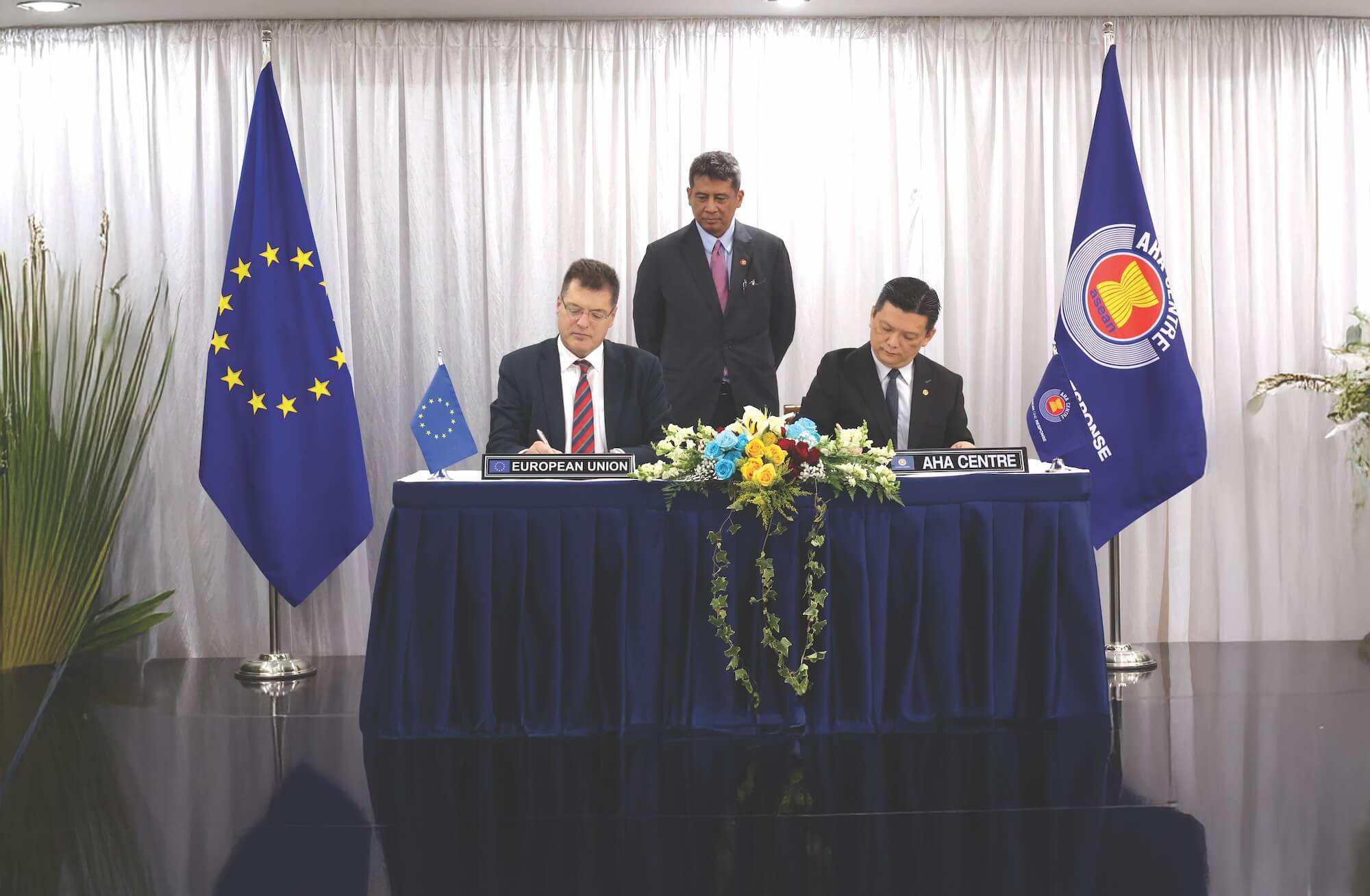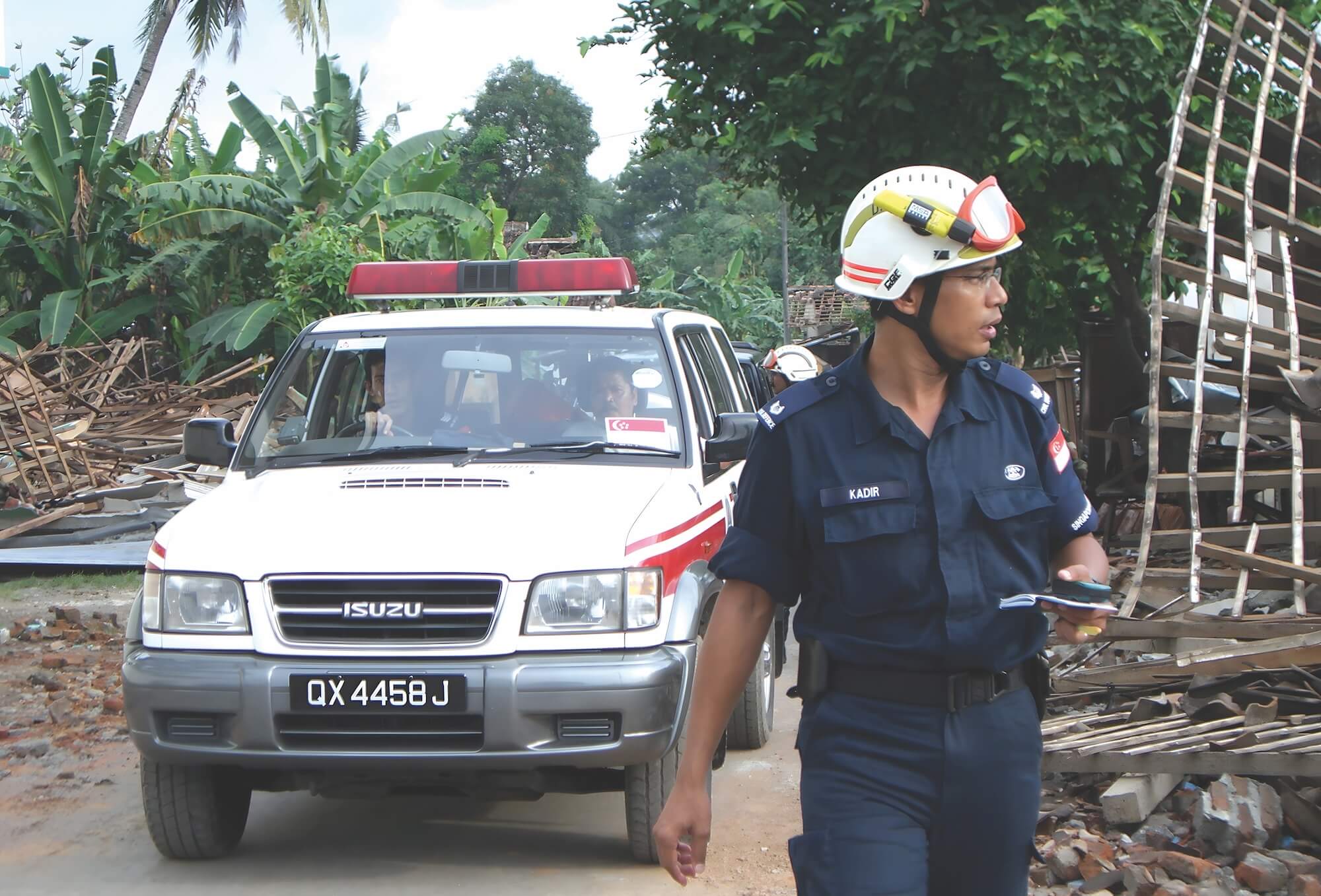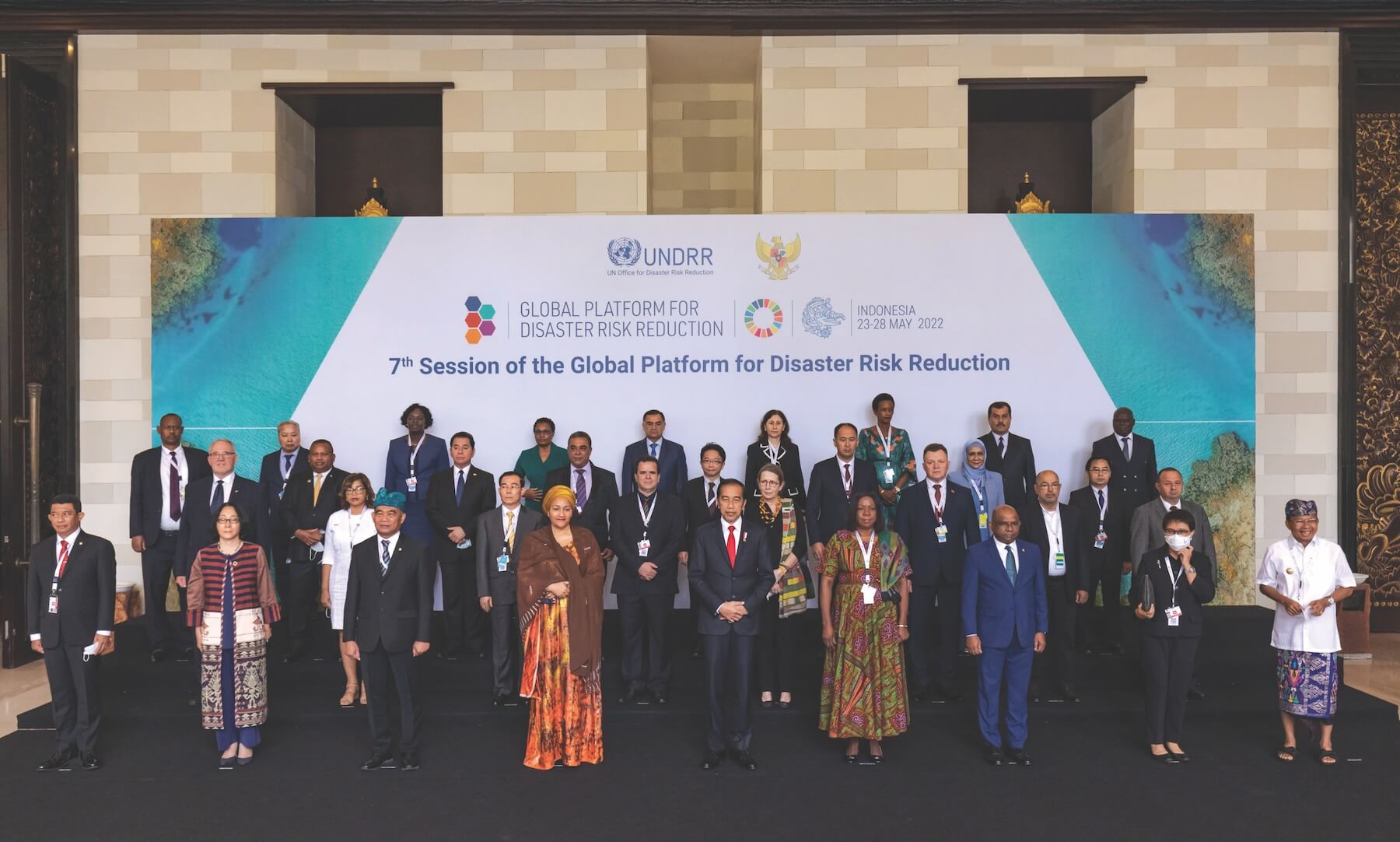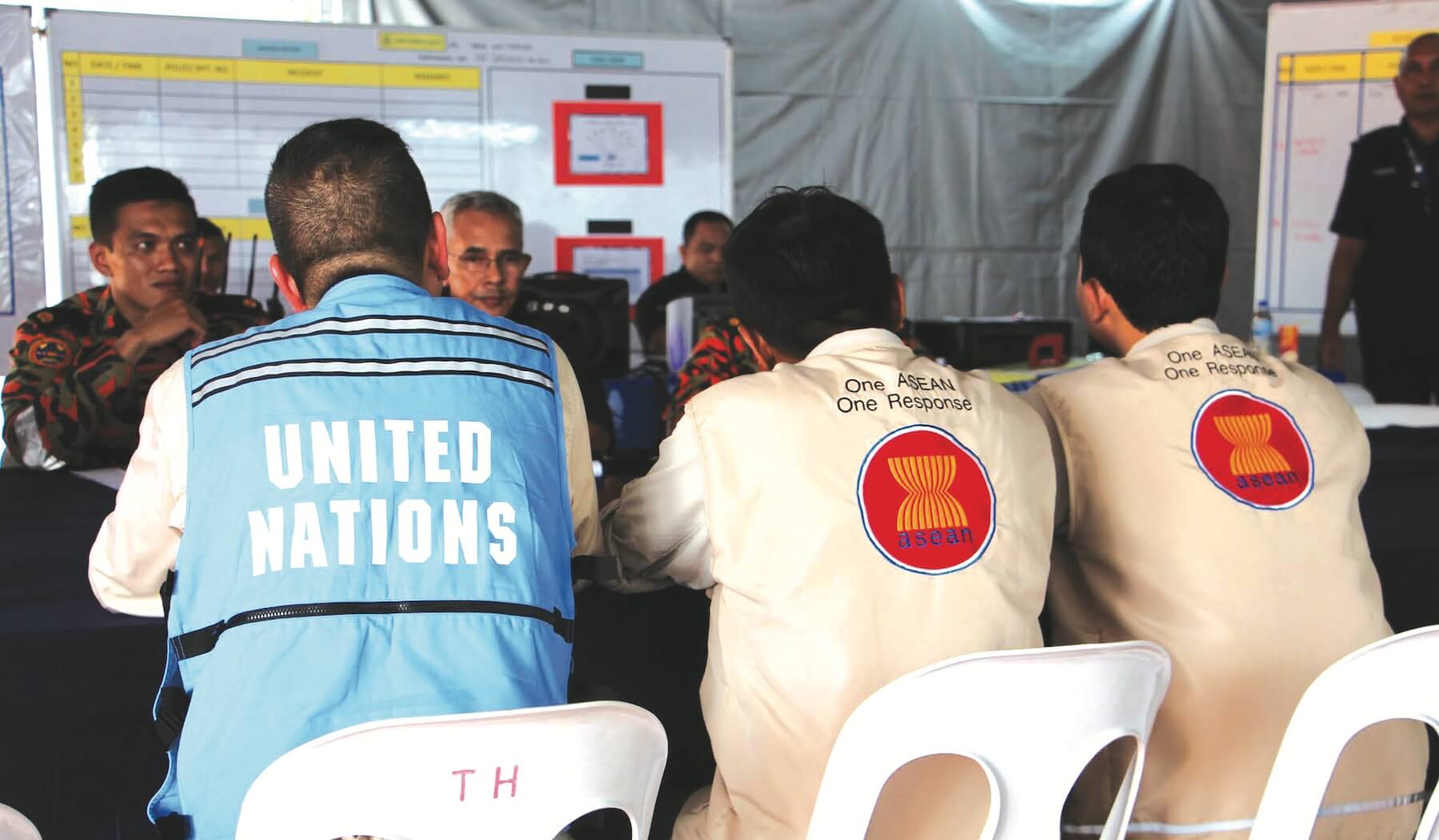
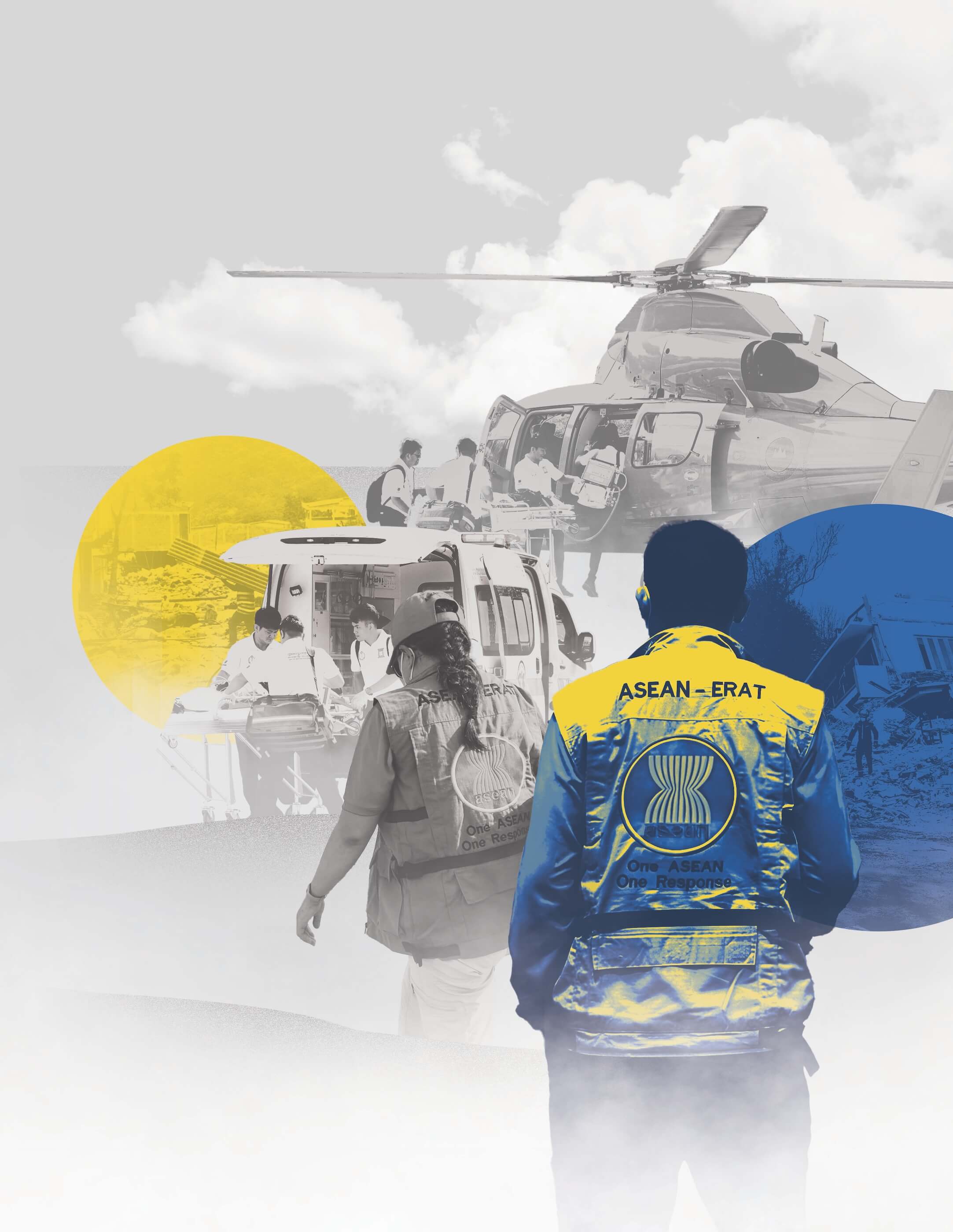



The increasing frequency, scale, and complexity of disasters in Southeast Asia underscore the need for strengthened regional cooperation in humanitarian action. The ASEAN region—one of the most disaster-prone in the world—faces a convergence of risks that demand coordinated and forward-looking responses to natural hazards, which have significant socio-economic impacts. Climate change is worsening vulnerabilities across the region, while the conflict in Myanmar, population displacement, and public health emergencies know no borders. Therefore, they all call for integrated preparedness and response plans. These challenges are compounded by an increased concentration of the population in urban centres, increasing the exposure of city populations to disasters, particularly in informal settlements in hazard-prone areas.
Disasters are constantly knocking back development gains and compounding risks from climate change, conflict, and unplanned urbanisation, undermining resilience. By way of a concrete example, on 28 March 2025, a 7.7 magnitude earthquake ripped through Myanmar, killing some 3,700 people and affecting thousands of others, including in some regions that face active hostilities. When the earthquake struck, Myanmar was already battling to meet the humanitarian needs of some 20 million people facing devastating impacts of the ongoing war and intermittent climate-induced disasters.
To respond to these complex challenges, the implementation of the ASEAN Agreement on Disaster Management and Emergency Response (AADMER), a legally binding framework adopted by ASEAN Member States in 2005, has become increasingly critical to building disaster-resilient nations.
The forthcoming ASEAN-UN Joint Strategic Plan of Action on Disaster Management (JSPADM) 2026–2030 presents a pivotal opportunity to strengthen and future-proof the ASEAN-UN partnership in disaster management. Building on more than a decade of collaboration and operationalised through successive AADMER Work Programmes, the next JSPADM must respond to an evolving humanitarian landscape defined by climate change, protracted conflict, rapid urbanisation, population displacement, and health emergencies, as well as a growing young demographic that should be seen as an incentive to risk management. The JSPADM must be responsive to a changing climate and mainstream cross-cutting themes on gender (with a strong focus on women and girls), anticipatory action, innovative financing, climate change adaptation, and the role of water as an enabler to adaptation and not just a risk, given the dominance of hydrometeorological hazards in the ASEAN region.
The UN’s strategic thinking aligns with the ASEAN Community Vision 2045 and the UN’s Humanitarian Reset, reinforcing joint priorities on localisation, people-centred approaches, anticipatory action, resilience building, and principled humanitarian engagement. Against this backdrop, five key questions frame the way forward for ASEAN–UNOCHA collaboration.
Cooperation during large-scale disasters
ASEAN and UN can share and deploy resources during large-scale disasters through the following:,
- Operationalise JSPADM commitments on joint disaster response by deepening interoperability between ASEAN-UN disaster mechanisms, including the ASEAN Emergency Response and Assessment Teams (ERAT) and the UN Disaster Assessment Coordination Teams (UNDAC), as well as the International Search and Rescue Advisory Group (INSARAG).
- Expand ASEAN-UN joint simulations and contingency planning exercises, ensuring national, regional, and international surge capacities are aligned, including through ARDEX.
- Institutionalise post-crisis after-action reviews within the AADMER Work Programme to systematically capture lessons and feed them into joint preparedness planning.
Financing approaches
The following collaborative financial approaches can ensure predictable and timely funding for disaster risk reduction and climate adaptation efforts:
- Under the JSPADM, leverage humanitarian financing frameworks that blend:
- National resources and social financing (e.g., Zakat and Infaq in Indonesia, Malaysia and private sector financing through Connecting Businesses Initiative networks.
- The AADMER Fund for ASEAN-led contingency support, which the UN can support through applying lessons from multiple financing tools that the UN has been managing for decades.
- Global UN mechanisms (Central Emergency Response Fund (CERF), country and region-based pooled funds for rapid disbursement.
- Strengthen AADMER Work Programme activities on resource mobilisation and private sector engagement, ensuring that local and national actors have direct access to financing channels.
- Prioritise multi-year investment in resilience and preparedness under JSPADM 2026-2030 to reduce reliance on ad hoc emergency appeals by leveraging innovative financing models, such as Sustainable Development Goals (SDG) bonds.
Use of early warning and information systems
ASEAN and the UN can jointly develop and use early warning and information systems for more effective disaster and climate action as follows:
- Align ASEAN’s disaster monitoring platforms with UN risk and climate data systems through JSPADM objectives on risk assessment and early warning.
- Expand JSPADM activities on anticipatory action, embedding predictive analytics into ASEAN’s operational planning.
- Promote shared methodologies for data collection, risk modelling, and impact analysis to strengthen joint situational awareness across ASEAN and UN actors
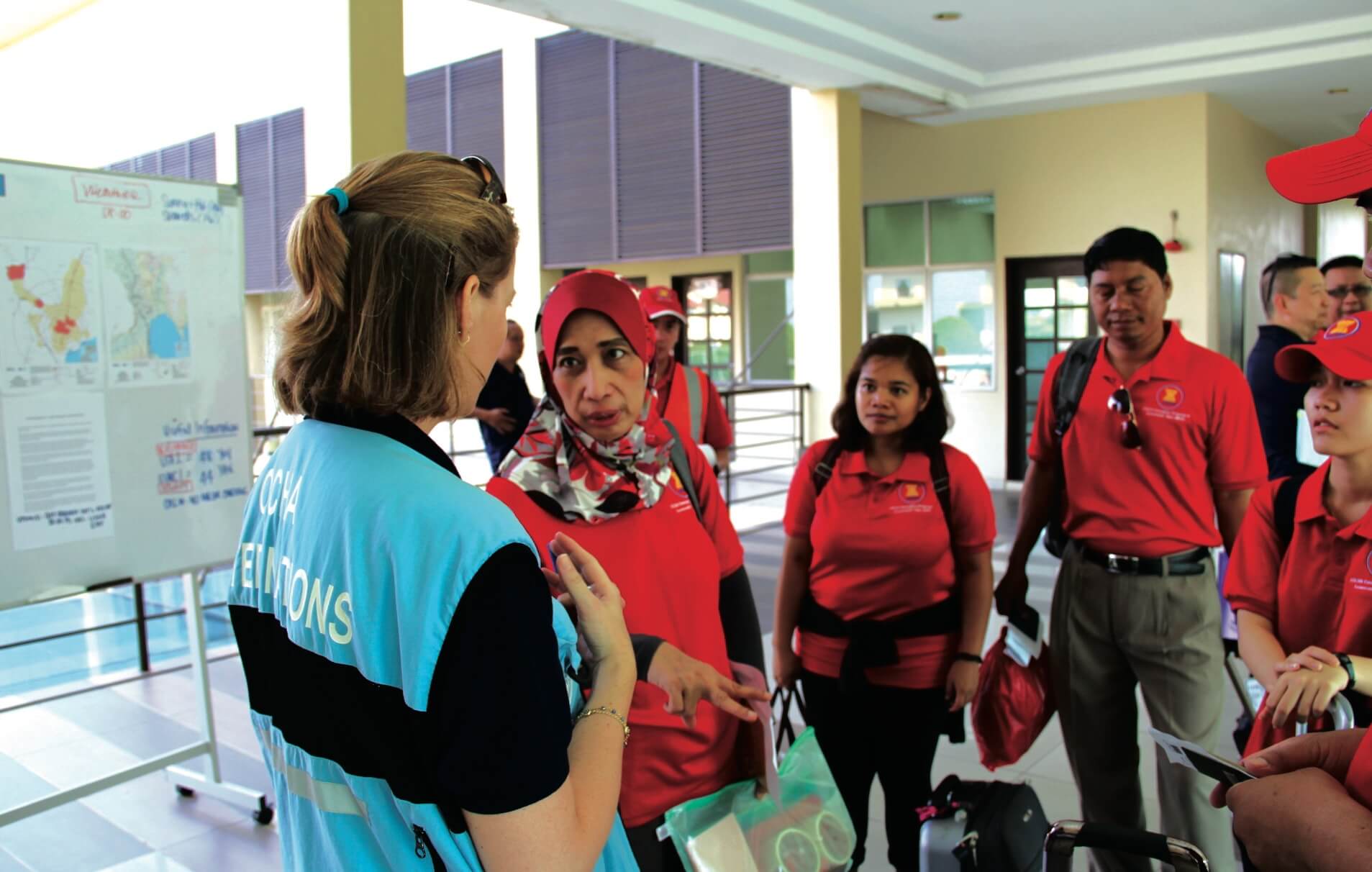
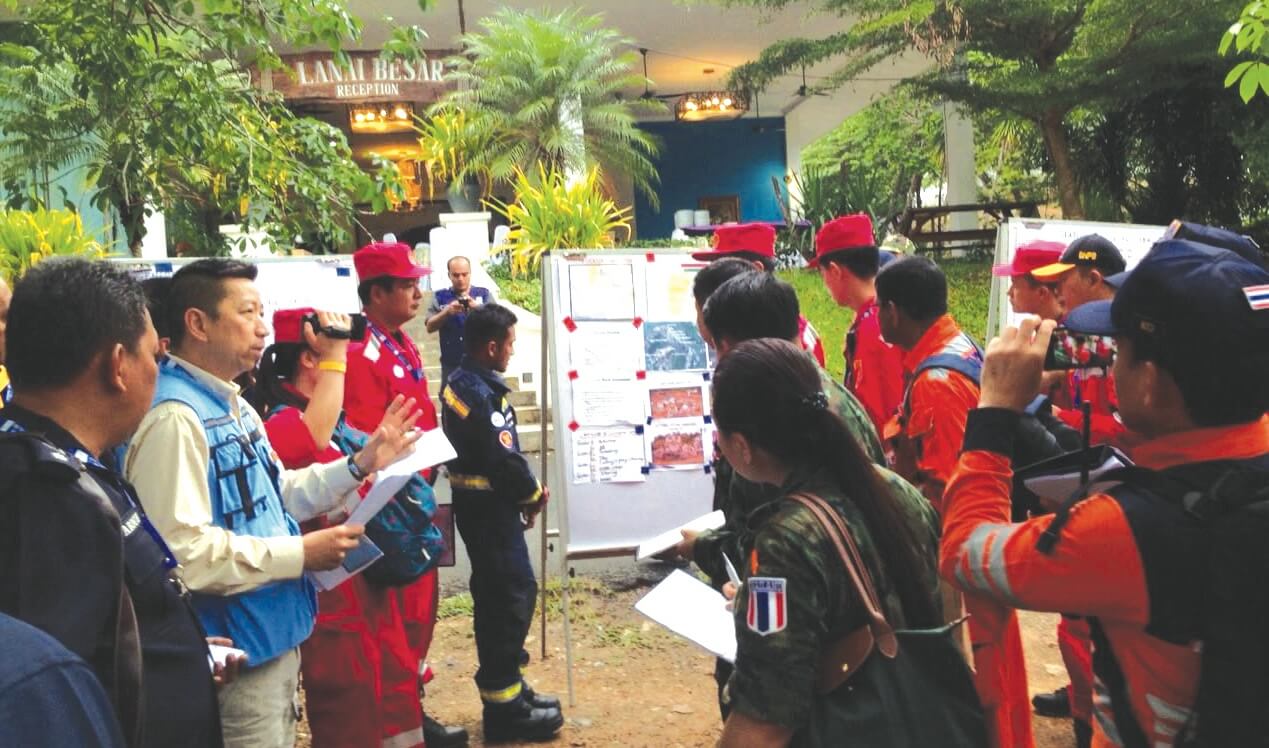
Multi-stakeholder partnerships
Beyond technology, UNOCHA can help foster stronger human cooperation among all actors in ASEAN to integrate disaster risk reduction and climate adaptation through the following:
- Through JSPADM, scale up capacity-building initiatives led by the AHA Centre, with UNOCHA contributing technical expertise and lessons learned, and contributing to setting standards through globally tested tools.
- Deepen localisation in line with the Humanitarian Reset: supporting the shift in decision-making power and financing toward frontline responders, local NGOs, and national governments in support of nationally-led efforts.
- Expand linkages between ASEAN mechanisms and UN Resident Coordinators/UN Country Teams, embedding disaster preparedness and disaster risk reduction into national development frameworks and Country Cooperation Frameworks.
Cooperation to address humanitarian impacts
The following are the proposed cooperative efforts to address the humanitarian impacts of climate change in ASEAN:
- Advance JSPADM 2026-2030 priorities on cross-border disaster management protocols, including preparedness for displacement and migration.
- Jointly address food security, livelihoods, and health systems, recognising them as key resilience pillars, particularly by leveraging investments through UN Cooperation frameworks and implementing resilience and long-term cross-sectoral programmes on food security, nutrition, water, and sanitation, as captured in the ASEAN-UN Comprehensive Plan of Action, on which JSPADM is anchored.
- Uphold humanitarian principles of neutrality, impartiality, and independence in fragile and conflict-affected contexts, where climate-induced disasters compound humanitarian needs.
Key recommendations for JSPADM 2026-2030
i. Strengthen the application of the ASEAN-UNOCHA interoperability roadmap under JSPADM for joint surge response, ensuring the complementarity of skills and resources.
ii. Support a blended financing framework that combines national, regional, and global mechanisms, with direct access for local actors.
iii. Scale anticipatory action pilots into regional practice, with predictable funding mechanisms embedded in the JSPADM.
iv. Invest in local leadership and capacity-building, making localisation a measurable outcome of ASEAN-UN cooperation.
v. Prioritise displacement and food insecurity as cross-cutting themes in JSPADM 2026-2030, linking humanitarian action with resilience-building.
vi. Strengthen South-to-South cooperation in disaster management for knowledge and skills transfer among ASEAN Member States and beyond the region.
Conclusion
The ASEAN-UNOCHA partnership, anchored in the JSPADM and its AADMER Work Programmes, has evolved into a model of regional-global humanitarian cooperation. The 2026-2030 JSPADM is not only an opportunity to consolidate this progress, but also to set a forward-looking agenda that responds to the realities of climate change, conflict, and complex emergencies.
By combining ASEAN’s regional legitimacy, access, and proximity with OCHA’s global humanitarian architecture, financing tools, and principled advocacy, this partnership can safeguard lives, protect development gains, and drive a people-centred humanitarian system fit for the future.




